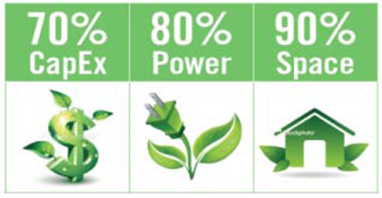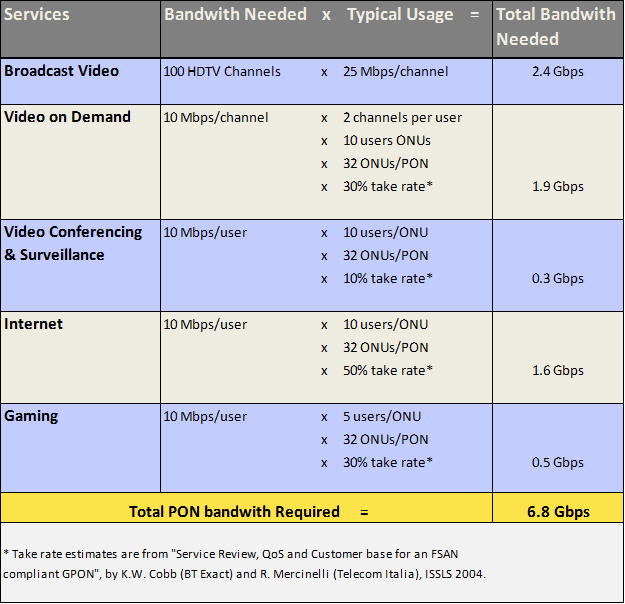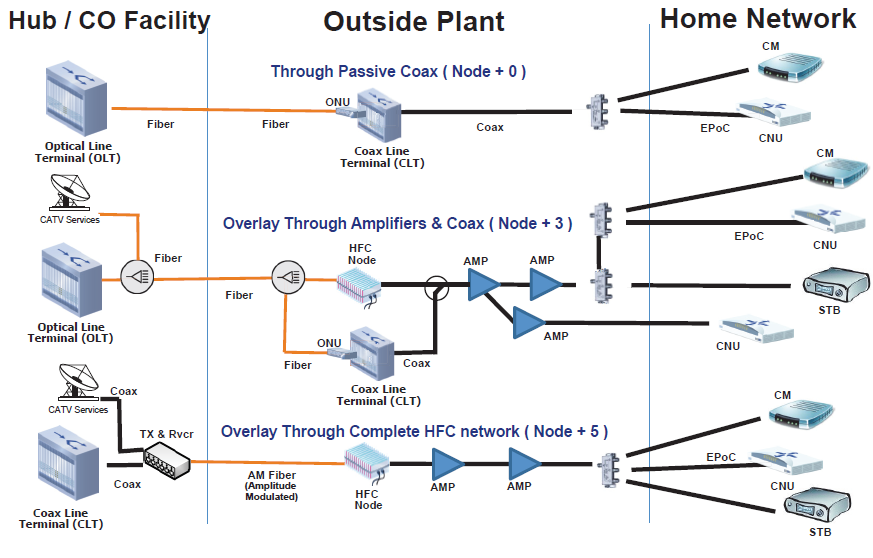Background Information
QuantaBits's team is comprised of talented engineers from some of the most recognized and successful networking companies in the world. In early 2003 QuantaBits started R&D for a software solution running on an emerging Ethernet based PON technology to address the problems facing the networking giants today. Today QuantaBits's software and hardware works together synergistically running on the most advance 10Gb Ethernet based PON platform, utilizing Linux for all Software Defined Networking (SDN) features, Open Stack and Cloud services.
This revolutionary software and hardware architecture combined with PON will prevent competition from entering our market space. Competition is locked in their existing product architecture due to legacy product support. Their new technologies come in a module format which plugs into an archaic, bottlenecked, legacy platform supporting legacy protocols of which many are no longer in use today.
QuantaBits has the first true Ethernet on Fiber Cable [EOFC ] tailored to companies that provides Internet access, Transit and Transport of data, Traffic shaping, Wireless and Cellular access. By cutting out the unnecessary clutter required for a SONET based system, our products are more energy efficient and have a lower production cost. As a result, this translates to a decrease in total equipment and operating costs for our customers.

Frequently Asked Questions





